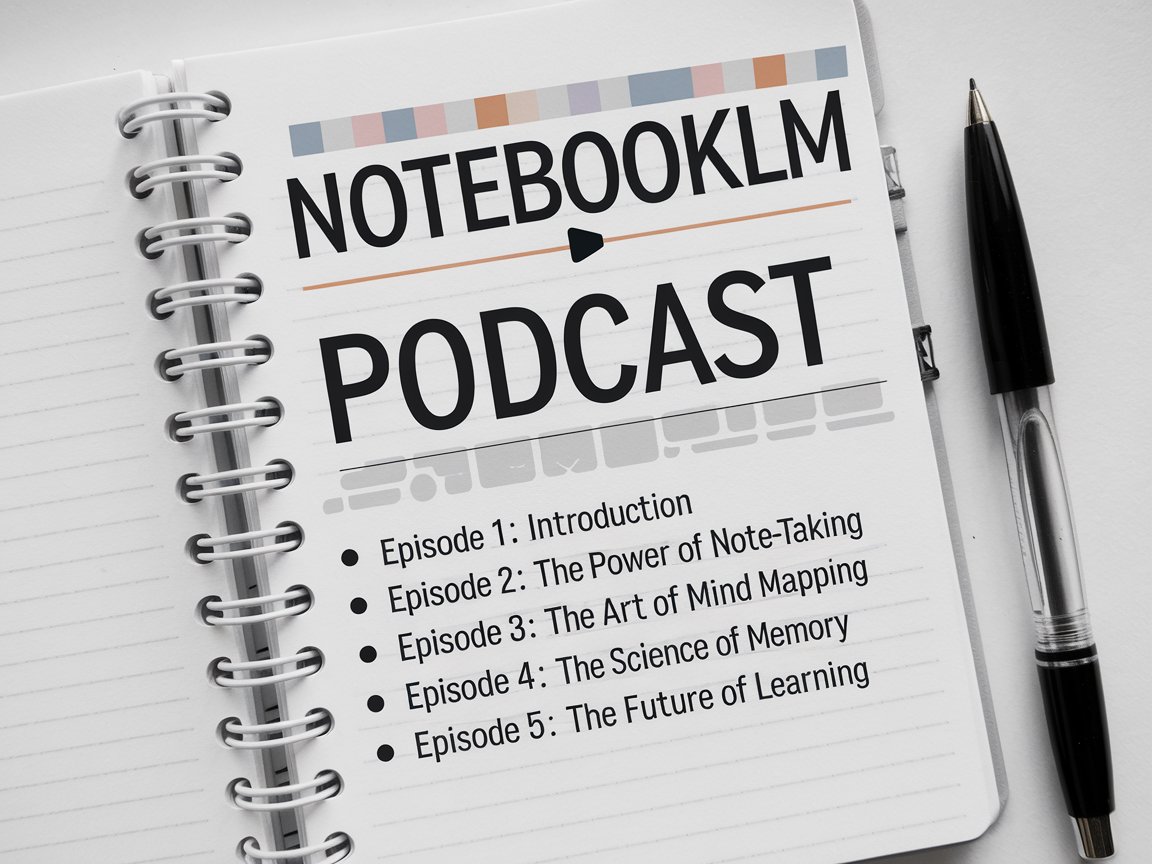
Why NotebookLM Struggles with Audio Content: Insights from AIdeaFlow
In the rapidly evolving world of artificial intelligence, the demand for seamless audio content generation has skyrocketed. While platforms like NotebookLM have made significant strides in text-based content, they often falter when it comes to creating engaging audio material. This post delves into the challenges faced by NotebookLM in audio content creation and offers insights from AIdeaFlow, a platform designed specifically for crafting AI-powered podcasts and audio narratives.
Understanding NotebookLM's Limitations
Technical Constraints
- Narrow Focus: NotebookLM is primarily designed for text generation, limiting its capability to adapt to audio formats.
- Sound Quality Issues: Many users report that the audio output lacks clarity and depth, making it less engaging.
Lack of Audio Understanding
- Inability to Interpret Tone: NotebookLM struggles to convey emotions or nuances, resulting in a robotic and lifeless delivery.
- Limited Contextual Awareness: The AI often fails to grasp the broader context of discussions, affecting the coherence of the audio content.
The Importance of Audio Content
Engaging the Audience
- Increased Retention: Audio content tends to keep listeners engaged longer compared to text.
- Accessibility: Audio formats are more accessible, allowing multitasking and consumption on the go.
Versatile Applications
- Podcasts and Audiobooks: With the rise of platforms like Spotify and Audible, audio content has become a significant medium for information and entertainment.
- Educational Use: Audio content is increasingly used in e-learning, enhancing student engagement and comprehension.
How AIdeaFlow Excels in Audio Content Creation
Tailored for Audio
- Specialized Algorithms: AIdeaFlow employs sophisticated algorithms specifically designed for audio generation, ensuring high-quality output.
- Voice Modulation Options: Users can select from various voice modulations, making the audio more relatable and engaging.
User-Friendly Interface
- Intuitive Design: The platform features a user-friendly interface that simplifies the audio creation process, even for novices.
- Templates and Formats: AIdeaFlow offers a range of templates for podcasts, interviews, and more, catering to diverse content needs.
The Role of Natural Language Processing (NLP)
Enhanced Conversational Flow
- Contextual Understanding: AIdeaFlow's NLP capabilities allow for a better understanding of context, making the audio content more coherent.
- Adaptive Learning: The platform learns from user interactions, continuously improving its audio generation quality.
Emotional Intelligence
- Tone Recognition: AIdeaFlow can detect the intended emotional tone, enabling it to generate audio content that resonates with listeners.
- Dynamic Delivery: The platform can vary pitch and pace, enhancing listener engagement through a more dynamic presentation.
Challenges of Audio Content Generation with NotebookLM
Limited Training Data
- Insufficient Audio Datasets: NotebookLM's training primarily focuses on text data, limiting its ability to understand and generate high-quality audio.
- Bias in Content: The lack of diverse audio samples can lead to skewed or biased outputs.
User Experience Issues
- Complexity in Editing: Users often find it challenging to modify audio outputs, as the interface is not optimized for audio editing.
- Inconsistent Quality: The quality of audio outputs can vary significantly, leading to user frustration.
Comparisons with AIdeaFlow
Flexibility and Adaptability
- Multiple Use Cases: AIdeaFlow supports a broader range of audio formats, making it suitable for various applications from podcasts to marketing materials.
- Real-Time Feedback: The platform allows users to receive immediate feedback, enabling quick adjustments to content.
Community and Support
- User Community: AIdeaFlow fosters a community where users can share experiences, tips, and resources, enhancing the learning curve.
- Customer Support: Dedicated support teams help users troubleshoot issues promptly, improving overall user satisfaction.
Future of Audio Content Generation
Advances in AI Technology
- Improved Machine Learning Models: As AI continues to evolve, we can expect significant advancements in audio generation capabilities.
- Integration with Other Media: Future platforms may seamlessly combine text, audio, and visual elements to create enriched content experiences.
Emerging Trends
- Personalized Audio Experiences: Customization will become key, with AI generating audio content tailored to individual listener preferences.
- Voice Search Optimization: As voice search becomes more prevalent, audio content will need to adapt to meet new SEO standards.
Conclusion
While NotebookLM has made commendable efforts in text-based content generation, its struggles with audio content highlight the need for specialized platforms like AIdeaFlow. By leveraging advanced AI technologies tailored for audio, AIdeaFlow provides a robust solution for creators looking to produce high-quality, engaging audio content. As the demand for audio content continues to grow, understanding these differences will be crucial for content creators, marketers, and educators alike. Embracing platforms designed for audio will enable a broader reach and a more profound impact on audiences in a world increasingly dominated by sound.